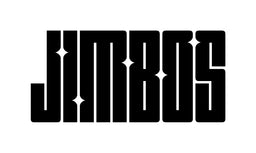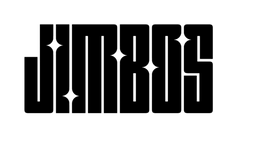Do You Still Need to Clay Bar Before Using a Ceramic Spray?
If you're applying a ceramic spray, do you really need to clay bar your paint first? Or is that just old-school thinking? Here’s what actually matters for real-world results.
What a Clay Bar Actually Does
Clay bars remove bonded contaminants—stuff that washing alone won’t get. Think overspray, brake dust, rail dust, sap, etc.
Even a clean-looking car may feel rough to the touch. That texture means you’ve got embedded junk that needs to come off before sealing or coating.
Why It Matters for Ceramic Sprays
Ceramic sprays need a clean, smooth surface to bond well. Contamination gets in the way of adhesion, which shortens the life of your coating and reduces gloss and slickness.
When You Should Definitely Clay
- First-Time Coating: Always clay if this is the car’s first ceramic treatment.
- Used Cars: If you didn’t own the car from new, assume it needs to be clayed.
- Rough Paint: If your paint doesn’t feel smooth after washing, don’t skip it.
When You Might Skip It
- Recently Clayed: If you clayed within the last 1–2 months and the paint still feels smooth.
- Garage Queens: Some well-maintained, low-mileage cars won’t need it every time.
Best Tools for Clay and Ceramic Spray
- Use a clay mitt or clay bar depending on your comfort level.
- Pair it with a quality lubricating soap like The Super Soaper.
- Follow up with a ceramic spray like Tough As Shell.
Best MAXL Replacement: Tough As Shell
If you want real ceramic performance with none of the mystery, Tough As Shell is the smarter, proven alternative.
Buy on Jimbo’s Detailing Buy on AmazonFinal Word
Clay barring is still one of the smartest prep steps before ceramic spraying. It ensures better bonding, longer protection, and a smoother finish.
Don’t skip it just because it’s old-school—it still works, especially when paired with the right ceramic spray.
Pre-clean with The Super Soaper, clay the surface, then lock it all in with Tough As Shell.




